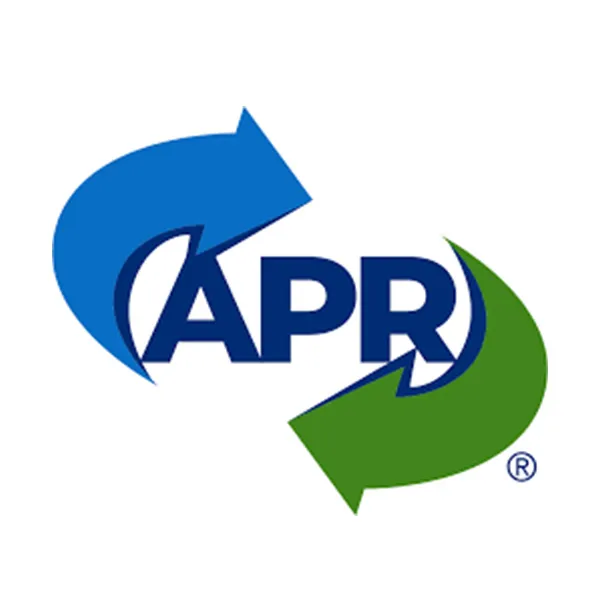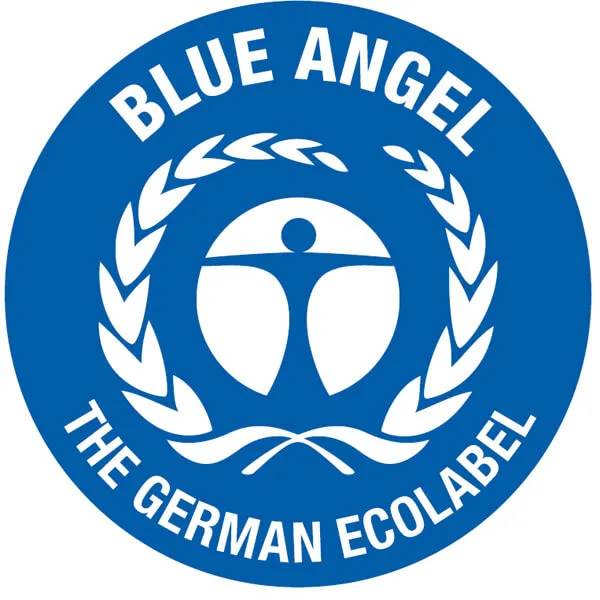Chemical compatibility
These tests are essential to ensure product integrity and prevent unwanted interactions between the contents and the packaging material.
The integrity of plastic packaging can be affected by contact with chemicals. When a substance is packaged, the chemical interaction between the substance and the packaging may cause part of the packaged substance to be incorporated into the polymer of the packaging, a phenomenon known as sorption.
Residual stresses in the polymer structure may also be generated during the conversion process and permanently change the characteristics of the packaging, which may lead to a loss of functionality of the packaging.
For calculation purposes, theoretical compatibility tables for polymers and pure chemicals can be used as a starting point. However, these tables do not take into account the design of the container, its geometry and the fact that different substances can be found in the same container. It is therefore necessary to carry out compatibility tests between the final packaging and the chemical it will hold.
Goals
Compatibility testing, also known as environmental stress-cracking testing, determines whether the contents can affect or cause damage to the packaging material. Such damage can include cracking and even total collapse of the container. This test is performed mainly on packaging designed to hold chemical products such as soap, detergent and oils, which, due to their nature, can produce “hidden” defects in the material after prolonged exposure.
What is compatibility testing?
The test involves exposing the packaging to the product to be packaged or to a reference surfactant at a relatively high temperature for a given period of time with the aim of revealing the packaging material’s residual stress points produced when it was manufactured. It is essential for exposure to be carried out with unused packaging. Visual inspection after exposure is carried out on a daily basis and data are collected on the failure rate to obtain an objective value that allows for comparison between different materials. All of this is based on standard UNE 53975.




